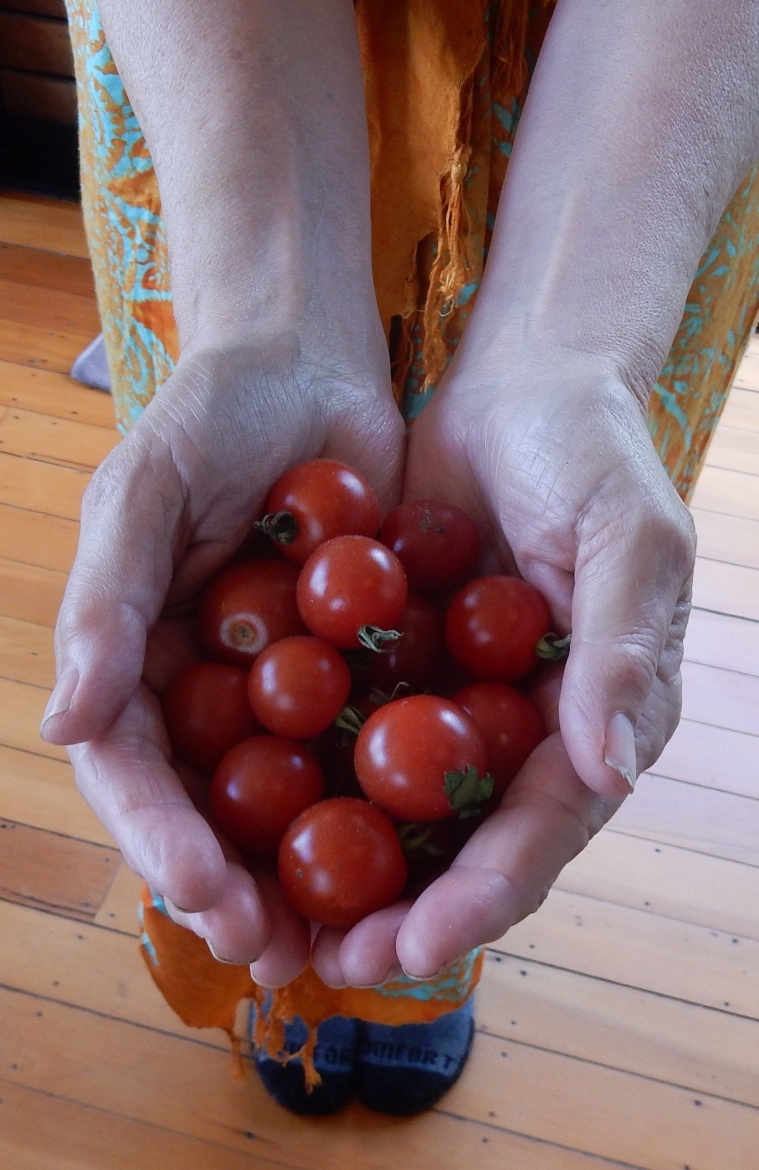
One plump kererū feeding in the cabbage tree
Last week I voted for the tuturiwhatu dotterel as The Bird of Year 2022. It has never won but I love watching them scamper and scuttle at Te Henga Bethells Beach. At this time of year, we have to do everything we can to protect them, especially keeping dogs on leads.
The winner of The Bird of the Year 2022 is pīwauwau/ rock wren.
This week I read two excellent bird books: Backyard Birds by Ned Barraud and One Weka Went Walking by Kate Preece and Pippa Esnor. I have had so many ideas for our November poem challenge, but in the end have opted for bird poems, because the two books were so inspiring.
You have until November 27th. I will read all your poems at the end of the month, pick some favourites to post, and have a few books to give away.

One plump kererū sitting on a wire
Because SO MANY CHILDREN are illustrating poems by adult poets for Poetry Box, I thought some of you might like to do an illustration to go with your poem. You can do a drawing, painting, collage, or even printmaking. You could use paint, coloured pencils, ink, collage material, charcoal, ordinary pencils, felt tip pens, crayon and dye, the sand at the beach.
Have fun! You are in charge of your poem – so it is over to you how you do it, but check out my top tips below.
Our neighbour’s hen drops by for a visit!
TOP POEM TIPS
Go for A BIRD WALK – stop and look at any bird you spot. Sketch it with words. Draw it!
Hunt for favourite birds and bird facts IN THE LIBRARY.
Descriptive poems Collect a page of bird words that describe what a bird looks like. Look at the bird and hunt for words that show its feathers, shape, beak, wings, how it moves. How many verbs can you find to show its movement, the sound it makes and how it feeds. Use the words to bring a bird to life in a poem.
Bird facts Investigate bird facts and turn them into a poem.
Picture poems Hunt for words, especially verbs and nouns, that describe a bird. Try writing short lines. Longer lines. Use your words and lines to make a picture of a bird. You can call this a shape poem or concrete poetry.
Memory poems Do you have an interesting bird memory? Put it in a poem.
Word pattern poems Pick up to five bird words and then play with them to make word patterns. Change the order of the bird words on the line.
Invented bird poems I love inventing birds. Give it a name, a habitat, a curious feature or trait or three! What sounds does it make? How does it move? What does it look like? What is special about it?
Nonsense bird poems I love having fun with poems and writing madcap silly poems that make me laugh. So many poets are good at this. Give it a go.
Story poems Tell a bird story in a poem. Listen to how the poem flows.
Short poems I love short poems! Use a handful of words to show something about a bird. You might put a surprise in the poem.
Acrostic poems Test out loads of lines for each letter then pick your favourites.
Rhyme poems I adore playing with rhyme. Try hiding rhyme in your poem, or doing Dr. Seuss rhyme, or finding words that almost rhyme.
Idea poems You might like to write a poem that considers endangered birds.
ILLUSTRATE YOUR POEM IF YOU LIKE! See my tips above.
LISTEN TO YOUR POEM! WAIT A DAY OR TWO BEFORE YOU SEND IT TO HEAR WHICH WORDS YOU WANT TO CHANGE.

SEND TO: paulajoygreen@gmail.com
INCLUDE: name, age, year, name of school
DEADLINE: November 27th
DON’T FORGET to put BIRD POEM in email subject line so I don’t miss your email (I get so many!)
I often can’t access poems sent via Google Docs.
have fun!
The information kiosk at Te Henga Bethells Beach – spot the Tuturiwhatu dotterel!














